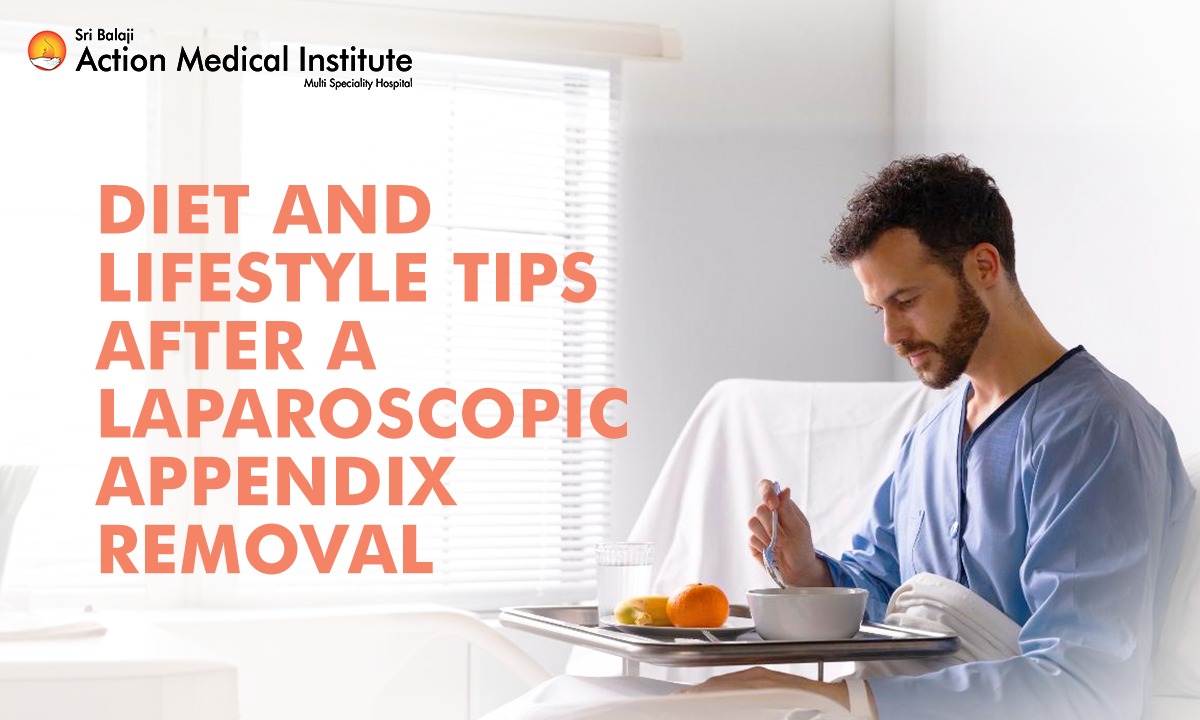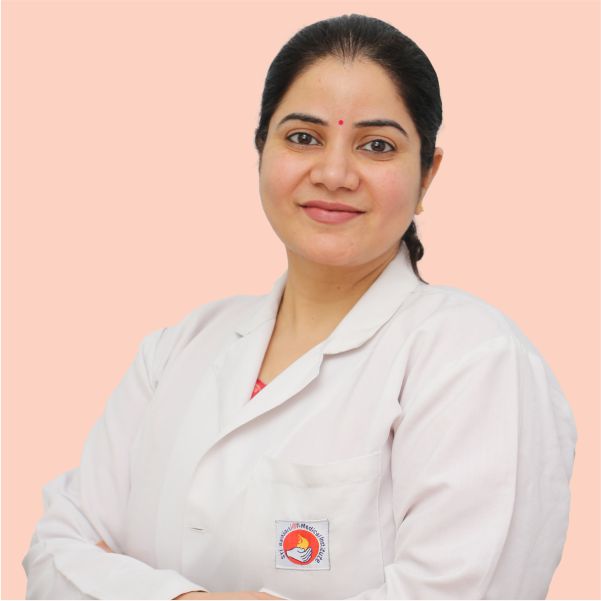Diet and Lifestyle Tips After a Laparoscopic Appendix Removal
Laparoscopic surgery techniques for appendicitis management and treatment are not only effective but also allow for quicker recovery than would be experienced with traditional surgical treatment. However, diet and lifestyle after surgery are very important in ensuring that you heal well without any complications. Let's look at some of the best diet and lifestyle tips that will help you feel better after laparoscopic appendix removal.
Understanding Laparoscopic Appendix Removal
Laparoscopic removal of the appendix is an operation in which the surgeon makes a few small cuts in the abdomen and operates on the appendix using thin tubes, a camera, and other tools. Such surgery is performed less frequently as it causes less pain after the operation, reduces the days of hospitalization, and promotes faster recovery, thus preferred in treating appendicitis.
Now, the question is, what’s the Importance of diet and lifestyle after surgery? By following appropriate diet precautions and engaging in a balanced lifestyle, the recovery process improves by cutting down inflammation, decreasing the likelihood of infections, and promoting the healing of wounds. It is recommended that you do this to speed up the healing process and prepare for faster recovery.
Diet Tips After Appendix Removal Laparoscopic Surgery
Add More Liquids and Soft Foods In The Beginning
Following surgical treatment, it is usual to expect the movement-sensitive functioning of the digestive system. Such liquids and soft solids are also easily digestible and reduce the pressure on the abdominal region. Clear liquids such as soups, juices, gelatin, and smoothies may be appreciated for the first several days after surgery.
Reintroducing Solid Foods Should be Performed Gradually
After surgery, the transition to a balanced diet is to be gradual in order to avoid discomfort and digestive problems. Easily digestible foods such as oatmeal, mashed potatoes, and steamed vegetables should be consumed first. Foods high in fiber and protein should then be introduced slowly.
Proliferate Foods That Contain Fiber
Fiber aids in proper digestion and helps avoid constipation, a condition that is often encountered after a surgical operation. This includes soft fruits like bananas, berries, cooked veggies, oatmeal, and other nuts with intact whole grains.
Maintain Hydration
Hydration is important to assist with healing, keep the digestive system functional, and avoid any instances of constipation. Make sure that you take at least a minimum of eight glasses of water a day. Herbal teas and natural juices are also suitable to increase fluid intake.
Incorporate Foods Rich In Proteins
After surgery, protein, an important nutrient for repairing tissues and bolstering the immune system, greatly helps the body. Choose low-fat meat types such as chicken, fish, tofu, eggs, and other non-fat dairy products so as to facilitate faster healing processes in your body.
Do Not Eat Spicy And Fried Foods
After the operation, spicy and fried foods can cause irritation to the stomach lining and bloating or discomfort. Avoid anything fried, greasy, breaded, etc., and instead have food that is baked, boiled, grilled, or steamed with minimal seasoning to avoid stomach upsets.
Reduce The Amount Of Milk Products
Some people may experience difficulty in digesting milk and its products and may, therefore, experience gas or bloating. In the early recovery phase, avoid the use of animal dairy and instead use dairy alternatives from plants such as almond or oat milk.
Lifestyle Tips After Appendix Removal Laparoscopic Surgery
Stress on the Importance of Getting Enough Sleep
Rest is a very important factor after any operation as it plays an important role in helping the body recover. After that, there will be a gradual increase in the activity levels as one becomes more at ease.
Strictly No to Lifting Heavy Weights
Carrying bulky items can pull your stomach muscles, thereby hindering healing. Most clinicians advise that nothing weightier than ten pounds be lifted for two to three weeks after the surgery.
Take Short Walks
Short and gentle walks promote arterial circulation, help avoid blood clots, and ease bowel movement quickly. When walking, start with shorter intervals of about 5-10 minutes strolls two or three times a day and then gradually increase the walk duration as you feel comfortable.
Maintain Proper Wound Care
Wound care is very important when it comes to avoiding infections. Always keep the area of the incision clean and dry without any friction, and also adhere to the doctor’s guidelines regarding dressing alteration and wound cleaning procedures.
Comply with the Pain Management Program
It is common to have some pain following laparoscopic appendix removal. However, good control of that pain enables one to be comfortable enough to ambulate. If you are given pills, take them as indicated and call your doctor if your pain does not go away.
Do Not Consume Any Alcohol Or Use Tobacco
The consumption of alcohol and tobacco might hinder the process of healing. There are high chances of reinjury or surgical complications. To promote more effective recovery, it is advisable to refrain from these practices for an extended period after two to three weeks of surgery.
Heed What Your Body is Saying
Each person will take a different amount of time to recuperate fully. Hence, it is crucial to listen to what your body is saying and not involve oneself in activities that may provoke stress on the body. If such a thing occurs and you begin to feel discomfort or tiredness, you need to stop and simply allow yourself to recuperate.
Final Takeaway
Restorative healing after a laparoscopic appendix removal should not be stressful. Considering the above, diet and lifestyle recommendations can be followed to promote the body's healing naturally, making the overall recovery much easier and less painful.






